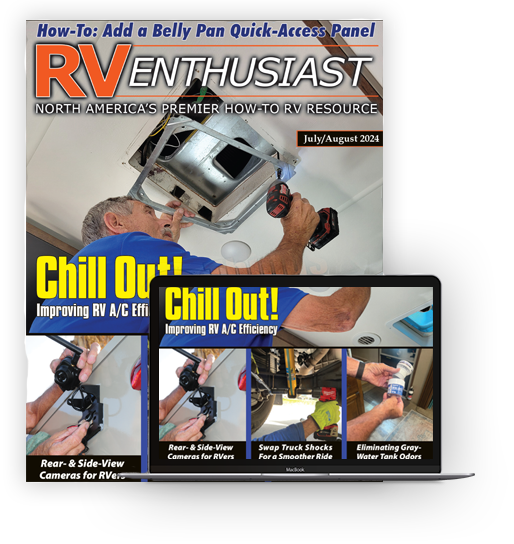Incendiary Information
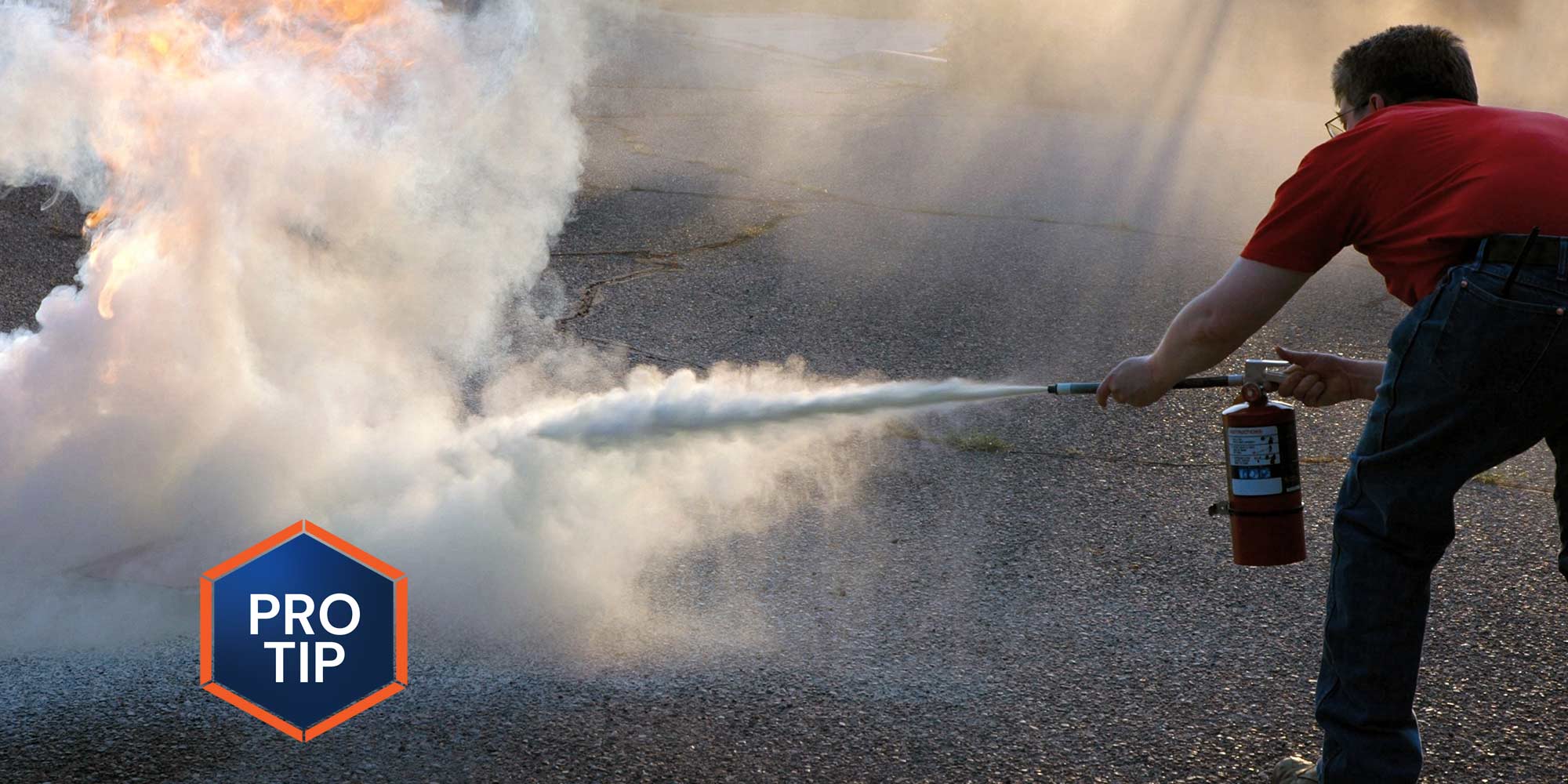
A fire is about the worst thing that can happen to an RV. Make sure you have the right equipment — and know how to use it
No one likes to think about the possibility of fire in their RV, but accidents happen — and in the confines of an RV, a small fire can mean big danger in just seconds. Now that we’re all looking forward to a summer’s worth of camping, it’s a good time to touch on the basics of fire extinguishers and how to use them. A fire extinguisher should always be on hand, but the question is: Do you have the right one, and are you prepared to use it?
Know, too, that fire extinguishers are not like fine wine — they do not get better with age. You must inspect your fire extinguisher every month and it’s recommended that a tag with the inspection date is attached to each extinguisher. Even if the pressure has not leaked down, after a few years dry chemical compound may pack up to the point where the fire extinguisher will not perform when needed.
Although RVs come equipped with fire extinguishers, some owners either replace or supplement the original fire extinguishers with one or more additional units. But if the new fire extinguishers are not of the correct type or size, they can result in a false sense of security. The NFPA 1192 standards for the size and type of fire extinguishers required in RVs have changed. The old standard stated that towables were to be equipped with a 5BC fire extinguisher and motorhomes were were to be equipped with a 10BC extinguisher — but now all RVs should be equipped with a 1A-10BC extinguisher. All RVs should be equipped with at least one 1A-10BC extinguisher, mounted within 24 inches of the main entry/exit door. Adding extinguishers to other areas, including sleeping areas, the galley, outside kitchen and an outside storage compartment, should be considered.
What is the difference between the above fire extinguishers? Thought you’d never ask.
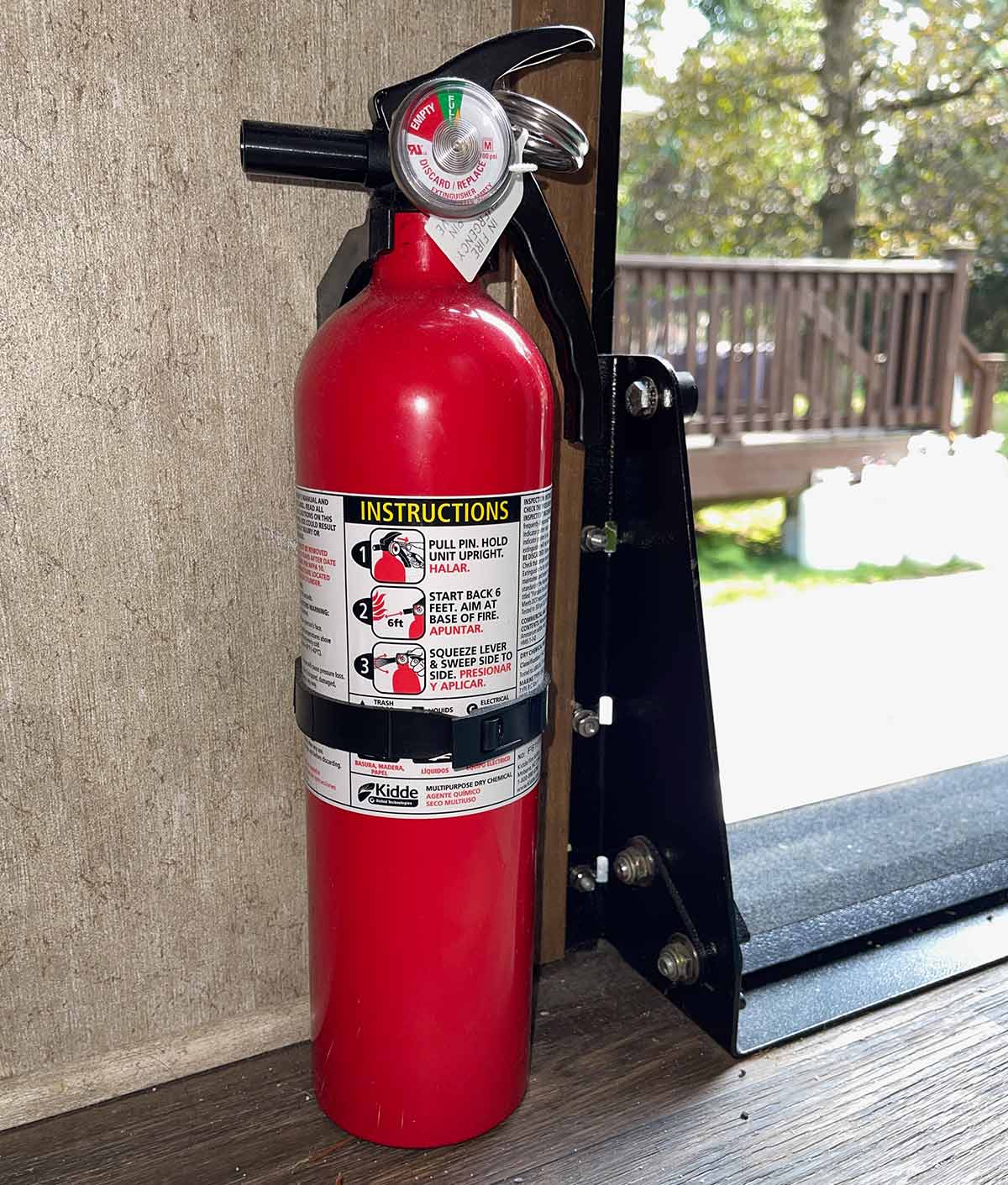
Fire Extinguisher Size Ratings
You will come across fire extinguishers with different nomenclature on them — for example, one labeled 2A:10B:C. The numbers indicate the size rating of each extinguishing agent. Here’s how to decipher them:
- The Class A size rating represents the water equivalency. Each number represents 1 ¼ gallons of water. For instance, 2A means the extinguisher is just as effective as 2 ½ gallons of water.
- The Class B size rating indicates the square footage the extinguisher can cover. 10B means that as long as you sweep the nozzle side to side, there is enough extinguishing agent inside the canister to provide 10 square feet of coverage.
- There is no size rating for Class C. A Class C electrical fire is nothing more than a Class A or Class B fire with energized components requiring a non-conductive extinguishing medium. To effectively fight Class C fires, choose fire extinguishers based on the Class A and Class B size ratings.
Know, too, that dry chemical extinguishers can make a considerable mess when deployed. The dry chemical extinguishing agent can be corrosive and may damage the very objects that you are trying to protect. Cleaning the objects as quickly as possible after the fire is out will limit the damage.
Use and Maintenance
As with any other safety equipment, fire extinguishers require periodic inspections and maintenance. Examine the fire extinguishers regularly to ensure that they have not lost pressure. Visually inspect them to confirm that they are not physically damaged and that the nozzles are not plugged by insects or dirt. A dry chemical fire extinguisher should be turned upside down periodically and shaken, thereby preventing the extinguishing agent inside to pack at the bottom, which could render it useless.
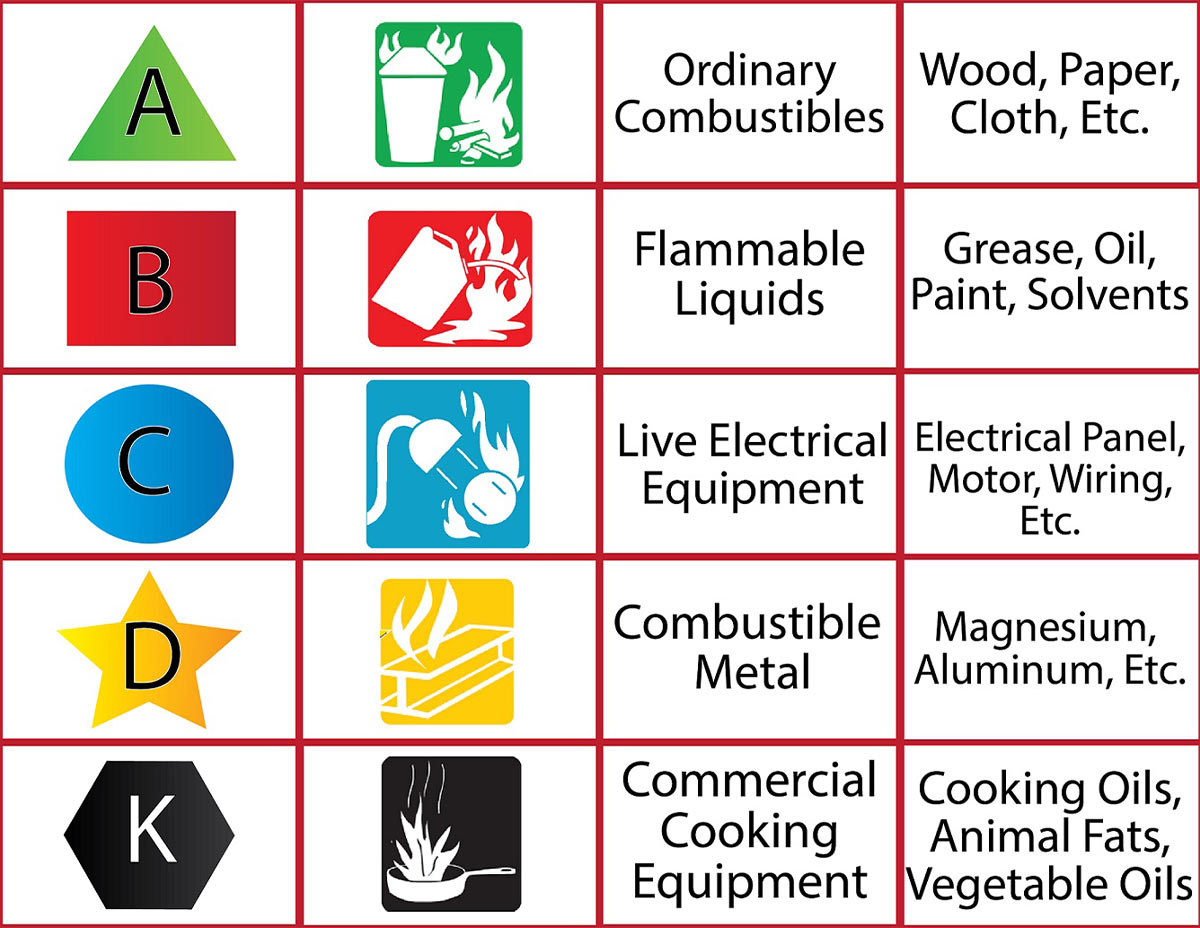
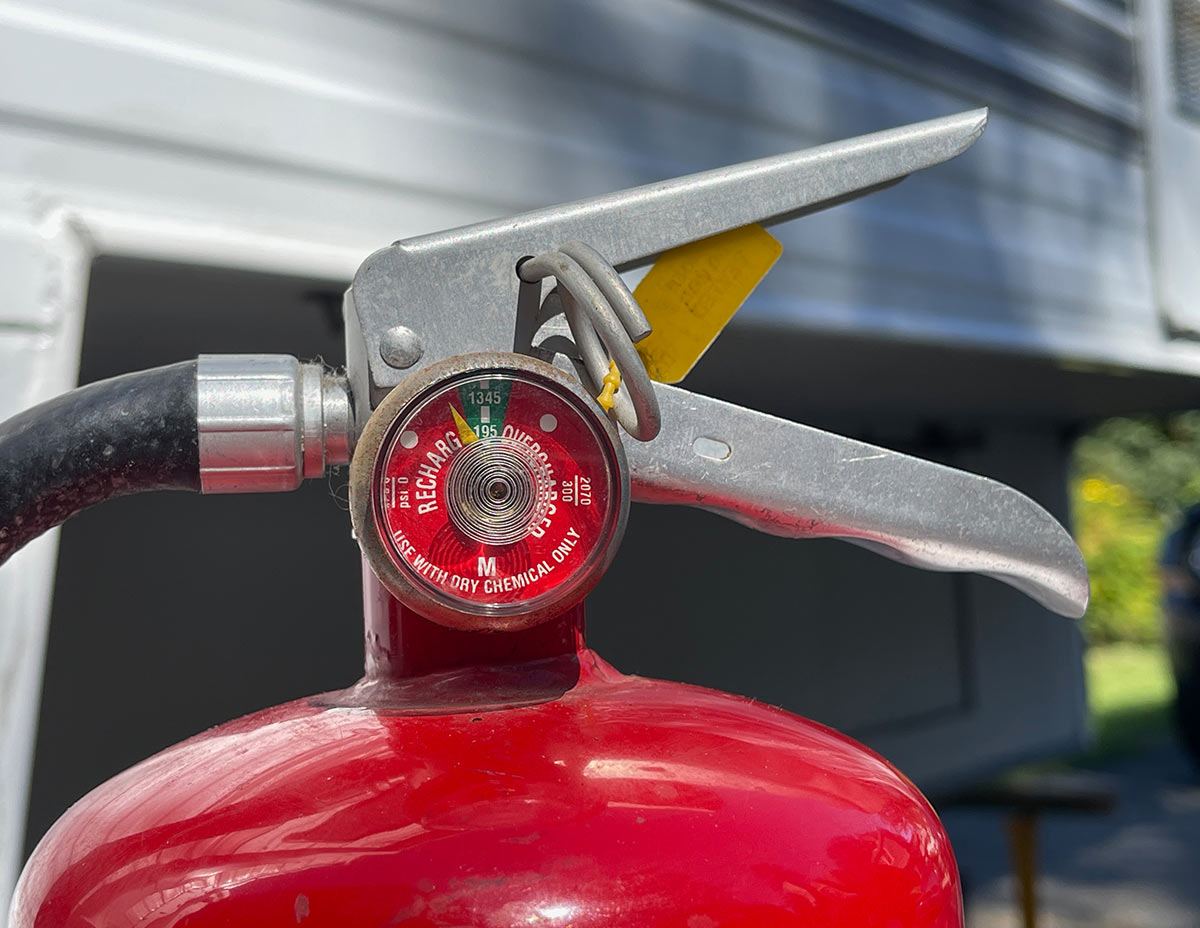
To determine whether the pressure remains satisfactory, check the pressure gauge or test pin. Do not “test” the unit by partially discharging it — this will cause most dry chemical units to lose pressure completely, thus requiring recharging or replacement. If you discharge any fire extinguisher, even momentarily, you need to have it professionally examined immediately — or just replace it. Larger units are expensive and well worth maintaining, but most RVers tend to equip their units with several smaller extinguishers, which can be purchased for about $20 each.
Finally, a fire extinguisher is of little or no help if it is not used properly. This means that all potential users should know how to operate it. Periodically review the instructions printed on the fire extinguisher — you will not have time to read these instructions when you need to use them — and keep it accessible. A fire extinguisher is useless if you store it out of reach in a closet or cupboard and consequently cannot grab it quickly.
The approximate discharge time will likely be 10 seconds or less for smaller handheld dry chemical units. Time spent misapplying the chemical consumes precious seconds, making it even more important that you and your family know how to handle fire extinguishers and prevent getting yourselves into a situation that simply overpowers your ability to fight the fire.
Don’t allow your family to be unprotected, or even under-protected, at home or in your RV. Fire extinguishers are like insurance policies — we buy them and then hope that we never need to use them.
Already a Subscriber? Click here for Access to the Full Issues.

